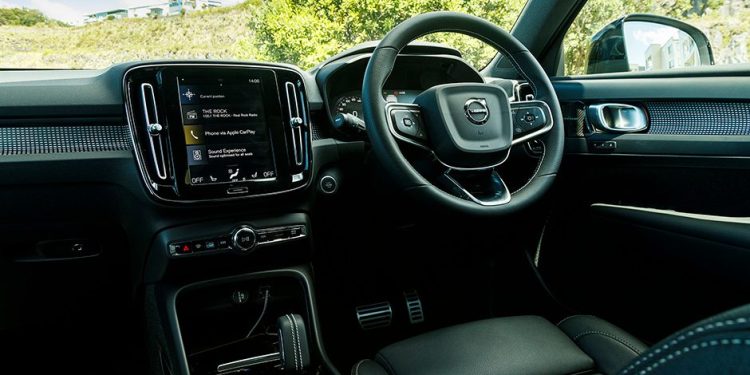Save the cows: Volvo to ditch leather in future models
More and more new-vehicle consumers have started showing an interest in asking where the various components and materials that make up their car have come from.
This typically manifests most in debates around battery technology through concerns around lithium and cobalt mining. But now brands are evaluating which other materials can be sourced from natural fibres, produced in such a way as to be perpetually recyclable, or in some cases which materials can probably just be dumped, period.
Volvo is the latest brand to kick leather, a mainstay in almost all premium cars, to the kerb; following in the footsteps of Mini and Tesla. Volvo will offer Nordico as an immediate alternative to leather, which makes use of recycled bottles and corks.
“Being a progressive car maker means we need to address all areas of sustainability, not just CO2 emissions,” says Stuart Templar, Volvo director of global sustainability.
“Responsible sourcing is an important part of that work, including respect for animal welfare. Going leather-free inside our pure electric cars is a good next step towards addressing this issue.”
From the debut of the fully electric C40 Recharge, leather will be gone for good from Volvo’s material repertoire. Templar adds that it will be tough replacing leather with an alternative that supports animals, but nevertheless adds that it’s “a journey worth taking”.
Removing leather from the line-up is really just a small part of what Volvo is doing to make its vehicle production more green. It aims to makes more of its production methods ‘circular’, whereby each element of production is designed to make use of as much recycled or bio-based material as possible.
If this sounds somewhat familiar, it’s because BMW made similar points at the recent Munich Motor Show, where it unveiled its iVision Circular concept, which was built to the same set of principles.

The announcement came alongside Volvo’s confirmation of a small spruce up to its iconic ‘Iron Mark’ logo. The new logo is more simplified than before, and could lead to more minimalist applications on future cars, without as much use of chrome.
It’s unknown which model it will debut on. But given Volvo’s current track record, it’s likely to appear first on an EV.





